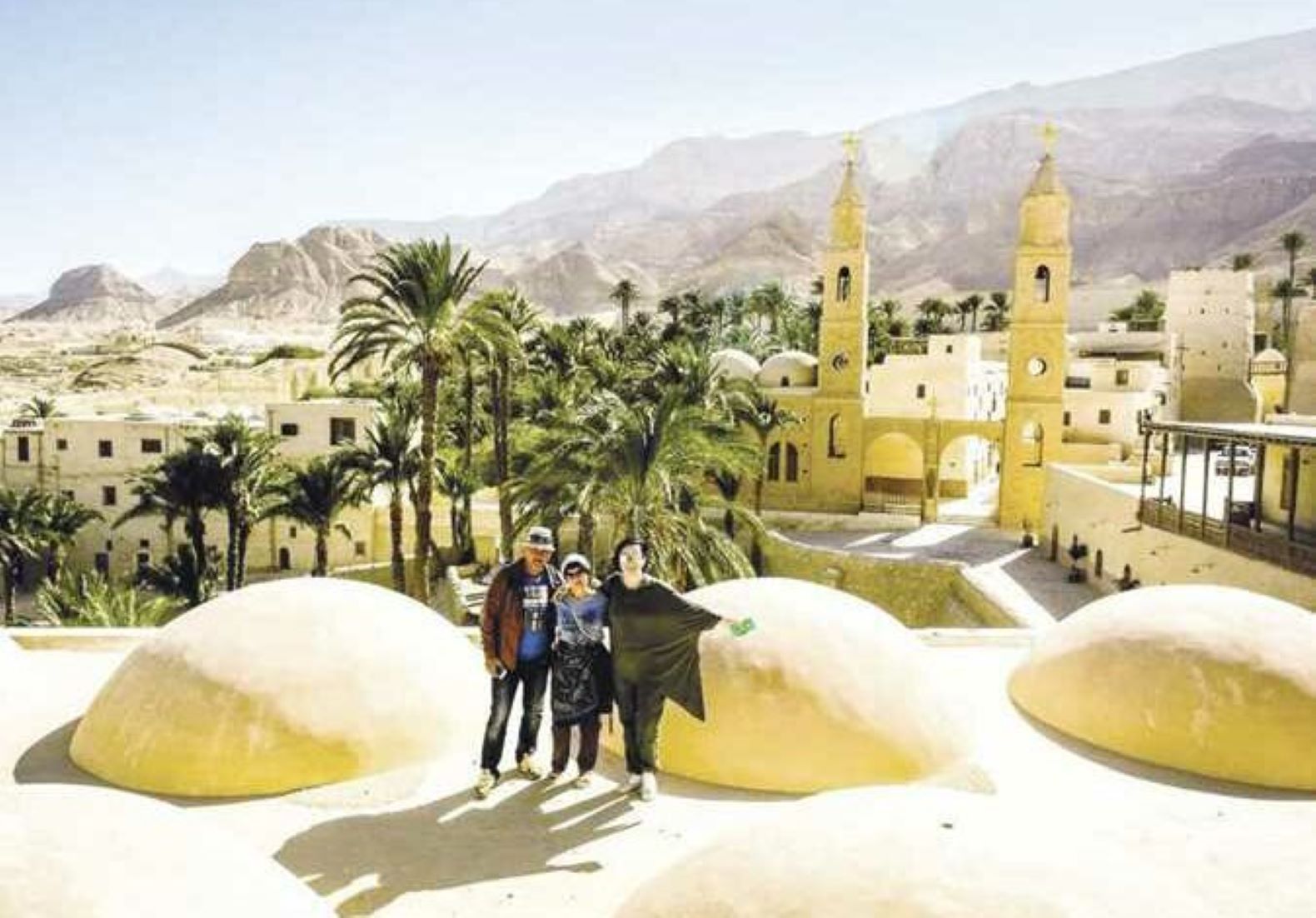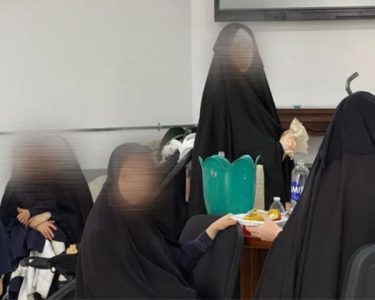by Marwa Yahya
CAIRO, Aug 21 (NNN-XINHUA) – The Egyptian government is racing against time, to restore historic Cairo, with the goal of preserving its archaeological characteristics and turning it into “an open museum,” said Khaled Siddiq, board chairman of Egypt’s Urban Development Fund.
The project to revive historic Cairo, which was launched in 2021, by the Egyptian government, is scheduled to be completed in 2030, Siddiq told Xinhua, in an exclusive interview on Friday.
The sprawling historic Cairo, which was inscribed on the World Heritage List of the United Nations Educational, Scientific and Cultural Organisation in 1979, for its “absolutely unquestionable historical, archaeological and urban importance,” extends from Bab al-Futuh, one of the three grand gates, to the National Museum of Egyptian Civilisation.
The Egyptian government’s project is a five-phase plan that is estimated to cost 100 billion Egyptian pounds (3.24 billion U.S. dollars), according to Siddiq.
About three billion pounds have been spent on the first phase of the project, which involves the conservation and renovation of historic sites, he said.
The first phase, which is scheduled to be finished by the end of next year, has covered, so far, several mosques, a Jewish temple, and walls of a citadel and gates of old main streets, he added, adding, the restoration work, which is carried out at multiple sites at the same time, faced major challenges from unregulated markets, narrow streets, deteriorated buildings, groundwater and traffic congestions.
“These difficulties made this historic region vulnerable to collapse,” he added, noting that, high costs are also hurdles to the restoration.
Siddiq said, the goal of the restoration was to maintain the “livable social fabric,” which means, keeping the lifestyle of local residents unchanged, while protecting their cultural heritage.
“Tourists like to see life in historic Cairo, not only old buildings,” said Siddiq, adding, “the historic Cairo project will enable tourists to have a unique experience in the city.”– NNN-XINHUA





